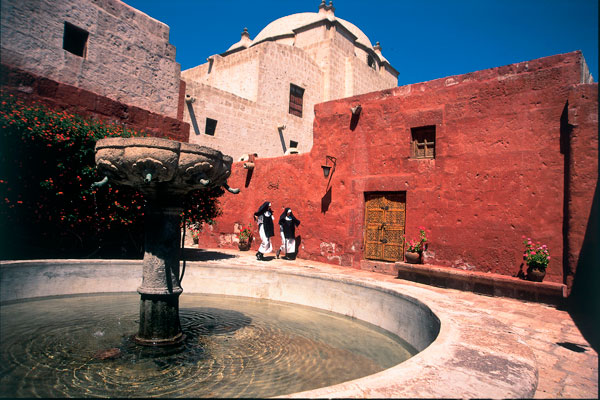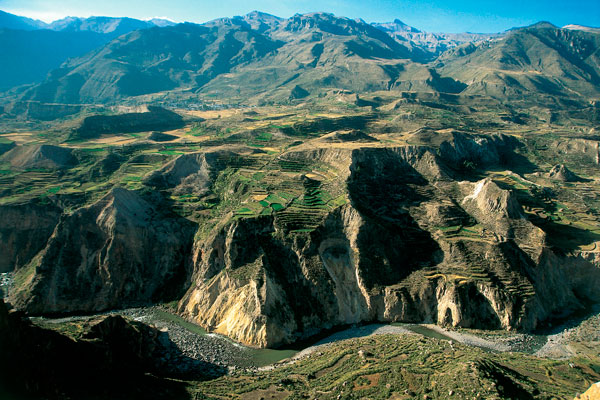
 Peru Travel, Peru Tours and Peru Hotels
Peru Travel, Peru Tours and Peru HotelsTravel to Peru, Cusco, trip to Machu Picchu, Choquequirao, Sillustani or Kuelap, Manu, Lago Titicaca and Inca Trail
About Us| Sitemap| Terms and Conditions|
 Peru Travel - Peru Hotel
Peru Travel - Peru Hotel

Passenger Comments

Querida Carolina
Fue un placer visitar su pais. No imagina lo que le agradecí su visita al Hotel, por dos veces además y sus consejos apoyados en esa magnífica documentación informática que me mostró....
José Miguel SamaniegoEspaña
more »
Three Peruvian archaeological sites -Machu Picchu (Cusco), Chan Chan (La Libertad) and Caral (Lima)- have been named among the top eight lost cities in the world, Peru's export and tourism promotion board Promperu has announced.
more »




Arequipa
Arequipa Peru
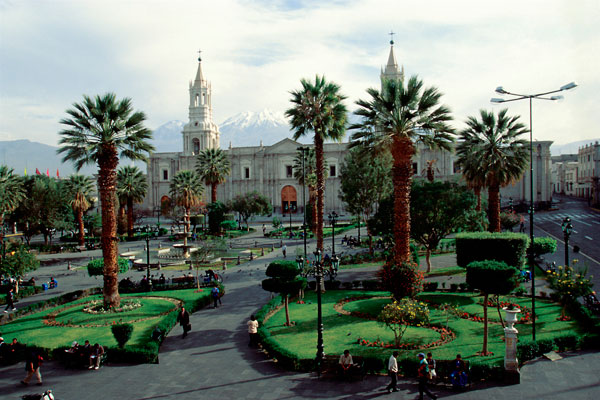
Square and Cathedral - Arequipa Peru
Arequipa is the capital of the homonymous province and the department of Arequipa. The metropolitan area of Arequipa is subdivided into 19 municipalities that contain a metropolitan population of 821.692 inhabitants.
The city of Arequipa was founded in 1540 by order of Francisco Pizarro, shortly after its founding, Arequipa became an important commercial hub of the South of Peru, accumulating administrative and business functions. Since the colonial era Arequipa is known as "The White City" by the ethnic composition of its inhabitants.
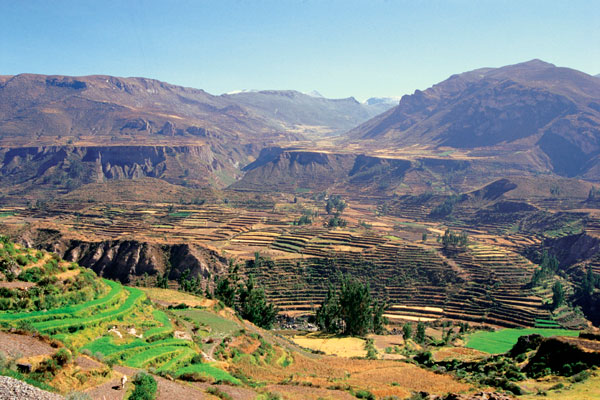
Colca Canyon - Arequipa Peru
In the different provinces and the same Arequipa, recognized as Cultural heritage of humanity by UNESCO (2001), there is a rich architectural and cultural. The Colca Canyon (3 207 m), the Cotahuasi Canyon (the deepest in the world, with 3 370 m), and the Volcano Misti (5 825 m), Ampato (6, 288 m), and Sabancaya (6, 288 m) are examples of the beauty of the Arequipa landscape of Peru.
Visitors to the city of Arequipa can admire the colonial architecture in the historic centre of Arequipa, the magnificent Inca terraces in the surrounding districts and a very extensive countryside which is product of the human creation, important for its declaration as a Cultural Heritage of Humanity.
Arequipa Location
The city of Arequipa is located at an altitude 2328 m above sea level, the lowest part of the city of Arequipa is located at an altitude of 2.041 m in the Huayco, "uchumayo" and the highest is located at the 2,810 m crossed by the Chili River from North to Southwest.
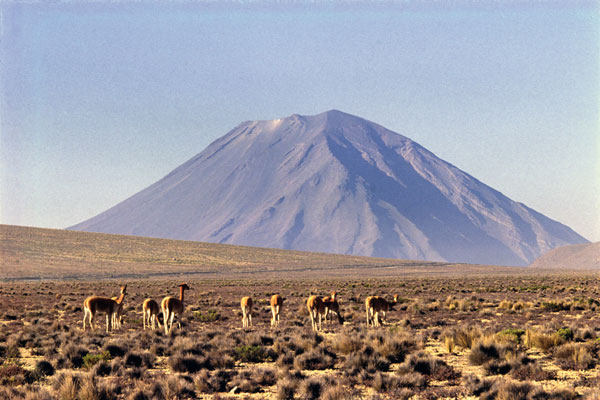
Volcano Misti - Arequipa Peru
From the city of Arequipa, there are a series of volcanic cones that are snow-capped as Misti, Chachani and Pichu Pichu, its territory is hilly due to the presence of the Andes mountains of the western part of the continent; is characterized by the thick layers of volcanic lava covering large tracts of its geography. There are low altitude plateaus and dunes that are features. Particularly beautiful and developed are those seen in the pampas of Majes, Sihuas and La Joya.
Among the main attractions of Arequipa are:
The Volcano Misti, built on a serene countryside, old Mills (in Sabandía), thermal baths (in Yura) and in (Socosani), small alleys with Andalusian type (Yanahuara) and, not far away, a village rooted in a Stony Hill (Sachaca). No less famous are the Colca Valley and its Canyon (which is one of the deepest in the world), the petroglyphs of Toro Muerto, the Valley and Cotahuasi Canyon. Likewise, the caves of Sumbay and Andagua and the so-called Valley of the volcanoes, the Mejía Lagoons and the Caverns of Socabaya. In the city of Arequipa, the monastery of Santa Catalina, founded in 1580.





